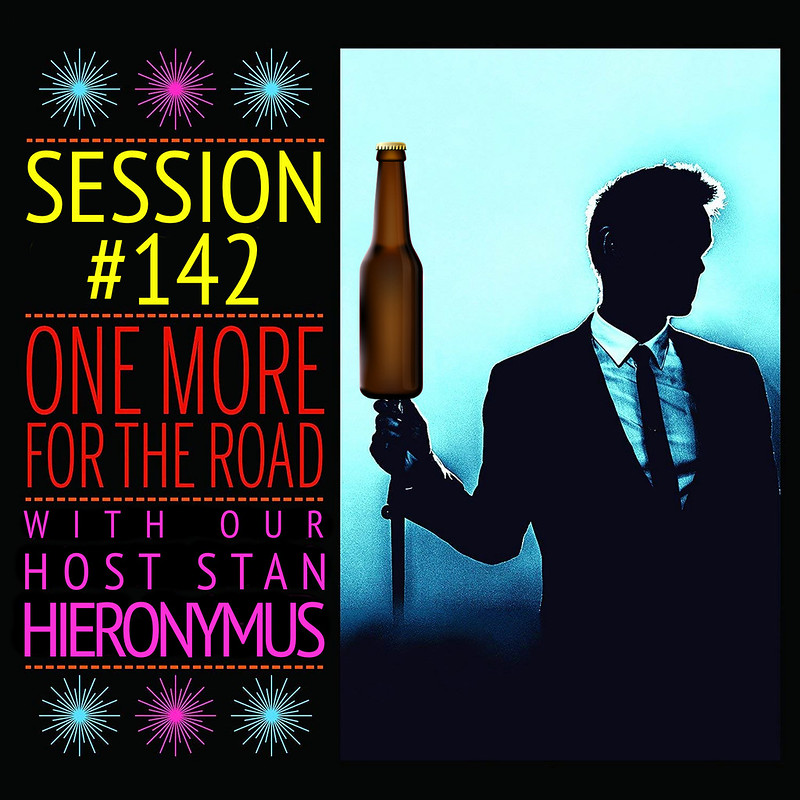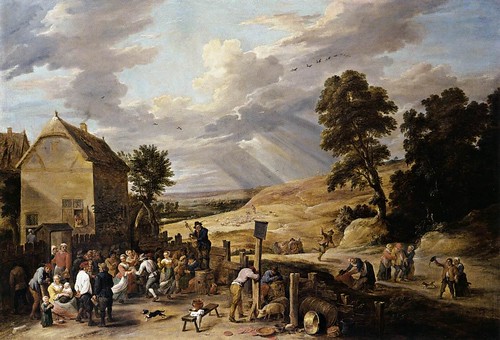
Tuesday’s ad is for Gueuze Boon, from the present, although it’s in the style of the mid-20th century. From the late 1800s until the 1980s, poster art really came into its own, and in Europe a lot of really cool posters, many of them for breweries, were produced. I’ve been posting vintage European posters all last year and will continue to do so in 2020. This poster was created for the Brouwerij Boon, founded by Frank Boon in Lembeek, which is part of the city and municipality of Halle, Belgium. It was founded in 1978. I’m not sure who created this metal sign.

Here’s a slightly smaller, though a little clearer, image of the sign.












